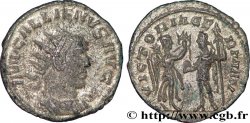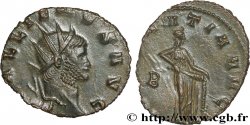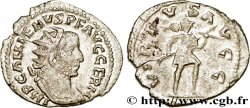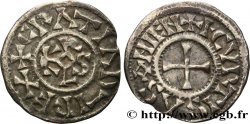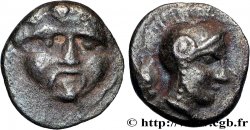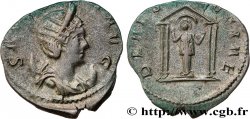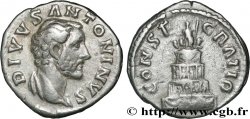brm_230340 - GALLIENUS Antoninien
45.00 €(Approx. 52.65$ | 39.15£)
Quantity
Add to your cart

Type : Antoninien
Date: 255
Mint name / Town : Roma
Metal : billon
Millesimal fineness : 250 ‰
Diameter : 20 mm
Orientation dies : 12 h.
Weight : 2,50 g.
Rarity : R1
Coments on the condition:
Exemplaire sur un flan très mince, ovale, bien centré des deux côtés. Beau portrait. Frappe molle et faible au revers. Très jolie patine de collection ancienne avec des reflets dorés
Catalogue references :
Obverse
Obverse legend : IMP C P LIC GALLIENVS P F AVG.
Obverse description : Buste radié et cuirassé de Gallien à droite drapé sur l’épaule, vu de trois quarts en avant (B01).
Obverse translation : "Imperator Cæsar Publius Licinius Gallienus Pius Felix Augustus", (L'empereur césar Publius Licinius Gallien pieux et heureux auguste).
Reverse
Reverse legend : LIBERALITAS AVGG.
Reverse description : Liberalitas (la Libéralité) debout à gauche, tenant un abaque de la main droite et une corne d’abondance de la main gauche.
Reverse translation : "Liberalitas Augustorum", (La Liberalité des augustes).
Commentary
Poids très légerRubans de type 3.
Very light weightType 3 tapes
Very light weightType 3 tapes







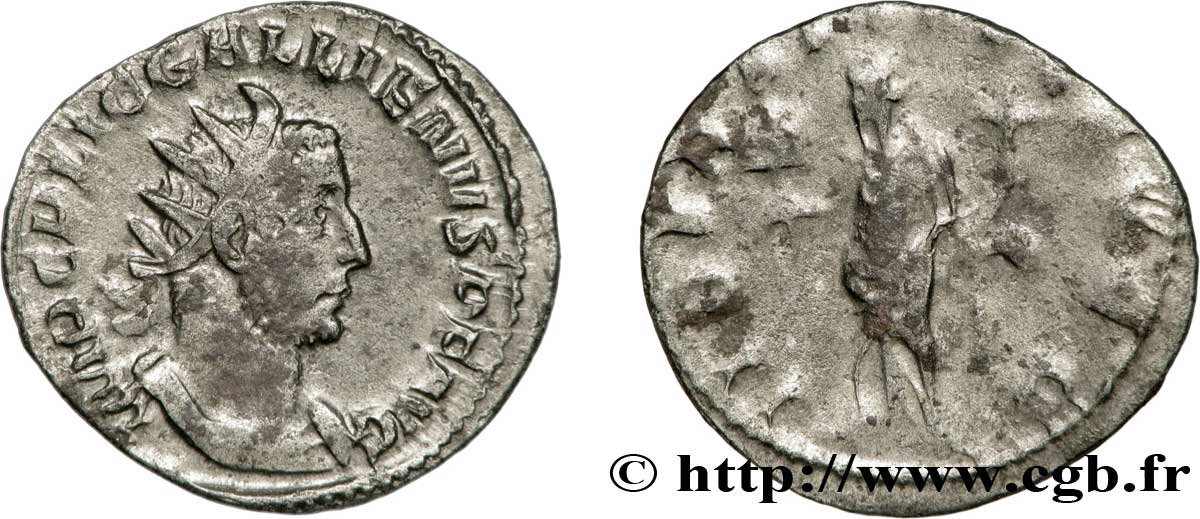
 Report a mistake
Report a mistake Print the page
Print the page Share my selection
Share my selection Ask a question
Ask a question Consign / sell
Consign / sell
 Full data
Full data